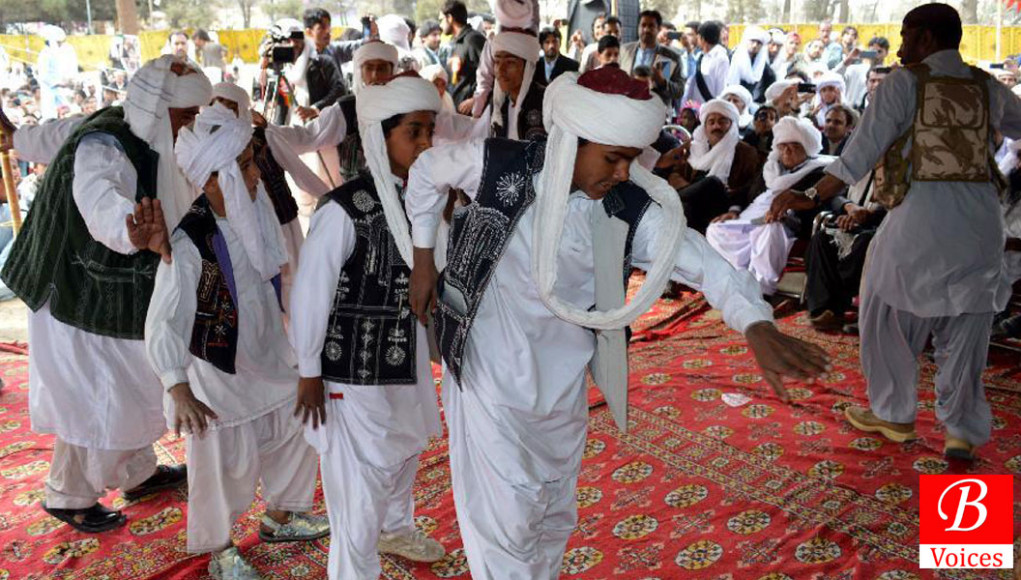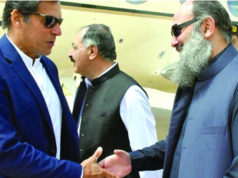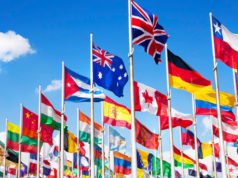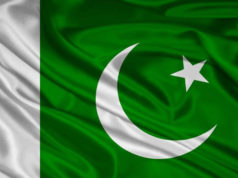Yar Muhammad Badini
Balochistan is a land of beauty and famous for its cultural heritage. Its habitants, especially Baloch has old and unique cultural identification in region. Balochistan by land mass is the largest province of Pakistan and physically located on a strategically important area of the world map. This land is meeting point of three civilizations and prominent among them is nine thousands year old Mehr Ghar civilization.
Mehr ghar is stated to be the first place in South Asia where human beings quit the savage life of caves and started building towns. This is the area where nomadic life turned into a settled life and human, beings learnt the way of life and promoted living in community, instead of living in isolation. They started cultivation to produce their food stuff.
Historically speaking, habitation in the northern Balochistan, namely the Sulaiman Range and its subsidiary ranges in the Zhob and Musa Kheil areas, has yielded some of the earliest relics of the stone age man in the form of stone tools, and rock art, both engraving and paintings, which indicate, that this part of Balochistan has been inhabited during the Palaeolithic period. We find village communities developing in the rugged windswept valleys and foothills in Balochistan. The time is about 7000 B.C., here appears signs of continuous process of human activity and the hesitant steps of the communities towards civilization, particularly at Mehar Garh, (7000 B.C.) Kachhi plain, Killi Gul Muhammad Quetta (5000 B.C), periano-Ghundai, Anjira, Nal, Kulli, Dabar Kot etc.
Baloch Culture Day Celebrated Across Balochistan
In a nutshell, for centuries the life in Balochistan owing to its geographical location has been affected by turbulent empires, expanding cultures and great world religions. This area has always been at cross-roads of civilizations, absorbing what it could, initiating some cultures, preserving others. Today, Balochistan can take pride in its role of safeguarding the remnants of early cultures that have left their abiding mark, and the circumstances which arose in their wake have left Balochistan rich in ethnic variety and cultural heritage. Its culture famous for tribal arts, crafts, music and specific dance.
In occasion of birth of a child, Baloch celebrate it with music and singing. The women folk attend the mother for seven nights and sing (sipatt and nazink) songs of praise. They make food and sweets and distribute it, to express their happiness. Baloch has great respect for their departed elders, mostly they give names of their forefathers to their children.
Baloch’s marriage has its significances; the girl is secluded from the rest of the family. Only closest female relatives and friends could visit her. At last day of marriage ceremony, after sunset the bridegroom profusely arrayed, accompanied by friends and relatives move to the bride’s house. To meet the cost of marriage in Baloch culture there is a system of financial support, that is called Bijjari. Bijjari enable the poor members of community to meet the cost of their marriages easily with support of community.
The member of Baloch community always help one another to accomplish a task, whether it takes few hours or take some days to be accomplished. However, there would be enough volunteers to complete the work through mutual cooperation. This custom is known as Hashar.
In Baloch areas, member of community share their ideas and make others aware about the current happenings, whether it’s political, social, financial issues or about prices of essential goods in nearby markets. This helps in conveying the latest happening in remote areas. When travelling in groups, the Hal is given by the elderly person of noble birth, this is called Chehabar. To reveal or receive ‘hal’ is a mark of distinction in Baloch culture. Mestagi is a reward for giving good news about arrival of a lost or detained relative or report of a victory in the battle or to give news of birth in a family.
Another distinct factor of Balochi culture is to conduct ‘diwan’. Baloch have an open society with its unique characteristic of equality and freedom, which is now deep-rooted. Every Baloch is expected to be an active member of tribe. He takes part in discussion in diwan, which is open to everyone at the house of tribe’s Sardar or elder of community. Literally diwan is a gathering or assembly.
In Balochi culture, importance of Balochi handicrafts cannot be denied. Balochi kameez shalwar, daupatta, Balochi cap and Balochi shoes, all of these items covered with aesthetic values. Handicrafts, such as pottery, needlework, design clothes, mat weaving, carpet weaving, gelm weaving, coin works, balochi chawat (shoes), carpets, balochi rugs are world renowned.
Culture is the identification of any nation and it is the mark that alive the nation after passage of centuries. Balochi culture has distinct amongst others, because of its unique nature. As an alive nation, Baloch must safeguard their cultural identification and heritage and spread it all over the world by conducting exhibition and promotion of its language.
Writer is Editor-in-Chief of Balochistan Today Magazine and a researcher on Baloch people.
Share your comments!








